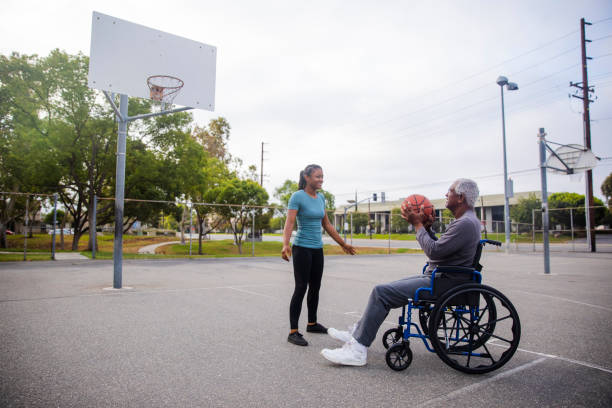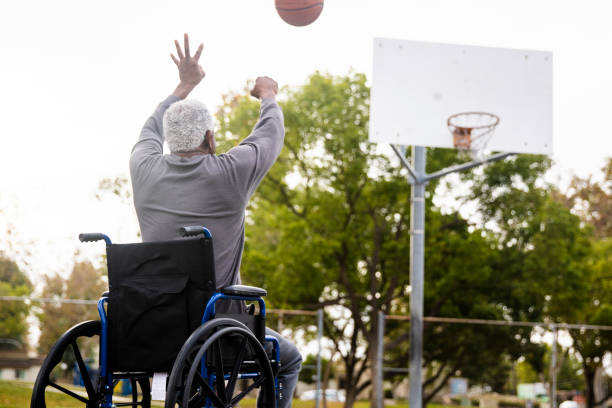“Older Black Americans Hit Hardest by Disability: Understanding the Disparities”
In the United States, disability can affect individuals of all backgrounds and ages, but recent studies have shed light on a troubling reality – older Black Americans are disproportionately affected by disability. These disparities in disability rates are deeply rooted in historical, social, and economic factors that continue to impact the well-being of this community. In this blog post, we will explore the reasons behind these disparities, the impact on individuals, and what can be done to address this critical issue.
Understanding the Disparities
1. Socioeconomic Factors:
– One of the primary reasons for the higher disability rates among older Black Americans is socioeconomic inequality. Decades of systemic racism have resulted in limited access to quality education, employment opportunities, and healthcare, which can lead to poorer health outcomes and a higher risk of disability.
– Lower income levels can result in reduced access to healthy food, safe housing, and healthcare services, all of which are critical for maintaining good health.
2. Health Disparities:
– Black Americans often face disparities in healthcare, including unequal access to quality healthcare services, unequal treatment, and limited preventive care. These disparities can result in untreated or poorly managed health conditions that contribute to disability.
3. Environmental Factors:
– Older Black Americans are more likely to live in neighborhoods with environmental hazards, such as pollution, crime, and inadequate access to parks and recreational spaces. These factors can contribute to health problems and disabilities.
4. Stress and Mental Health:
– The cumulative effects of chronic stress, racial discrimination, and systemic racism can have a significant impact on the mental health of Black Americans. This, in turn, can lead to stress-related illnesses and disability.
The Impact on Individuals
The higher disability rates among older Black Americans have far-reaching consequences for individuals and their families. These impacts include:

1. Limited Quality of Life: Disabilities can limit an individual’s mobility, independence, and ability to participate in daily activities, affecting their overall quality of life.
2. Financial Strain: Coping with disability often involves substantial medical expenses, rehabilitation, and ongoing care. For individuals with limited access to healthcare and resources, these costs can be overwhelming.
3. Emotional Toll: Coping with a disability can be emotionally challenging. Many individuals may experience depression, anxiety, and a reduced sense of self-worth.
4. Reduced Opportunities: Disability can limit employment opportunities, leading to economic instability, poverty, and a cycle of disadvantage.
Addressing the Issue
Addressing the disparities in disability rates among older Black Americans requires a multi-faceted approach. Here are some strategies:
1. Healthcare Access: Advocate for improved access to quality healthcare services, especially in underserved communities.
2. Education and Employment: Support initiatives that provide better education and employment opportunities for Black Americans, addressing the socioeconomic factors contributing to disability.
3. Community Investments: Invest in neighborhoods with high minority populations to improve living conditions, reduce environmental hazards, and enhance community safety.
4. Mental Health Services: Increase awareness of the importance of mental health care and provide affordable and accessible mental health services.
5. Policy Changes: Advocate for policies that address systemic racism and discrimination in all areas of life, from healthcare to housing to education.
The disparities in disability rates among older Black Americans are a complex issue deeply intertwined with historical and systemic factors. Understanding and addressing these disparities is not only a matter of social justice but also essential for building a more equitable and healthier society. By working together to eliminate these disparities, we can help ensure that all individuals, regardless of their race or ethnicity, have an equal opportunity to lead healthy, fulfilling lives.










